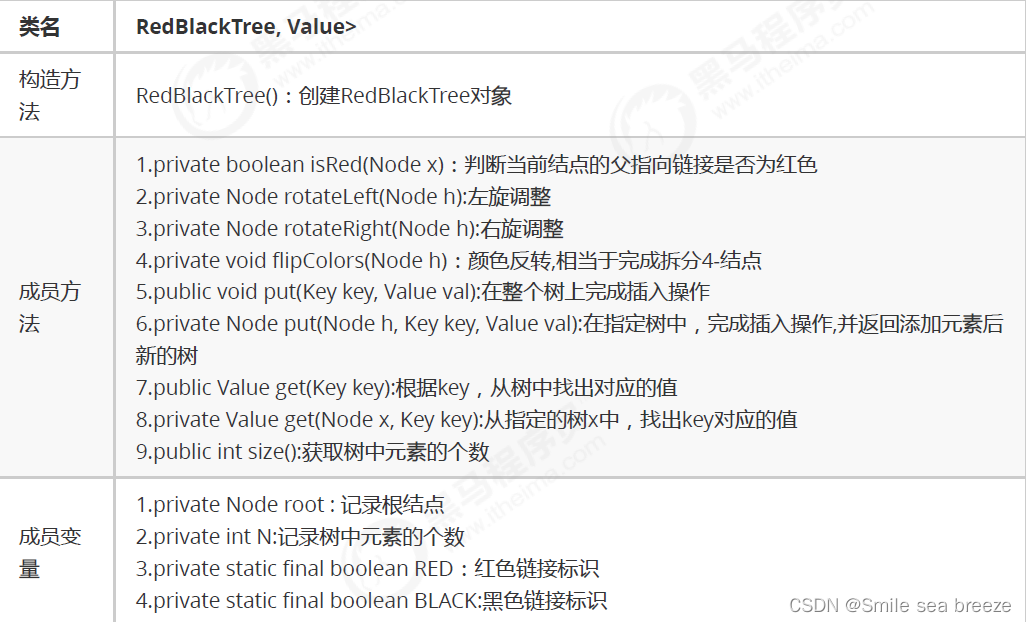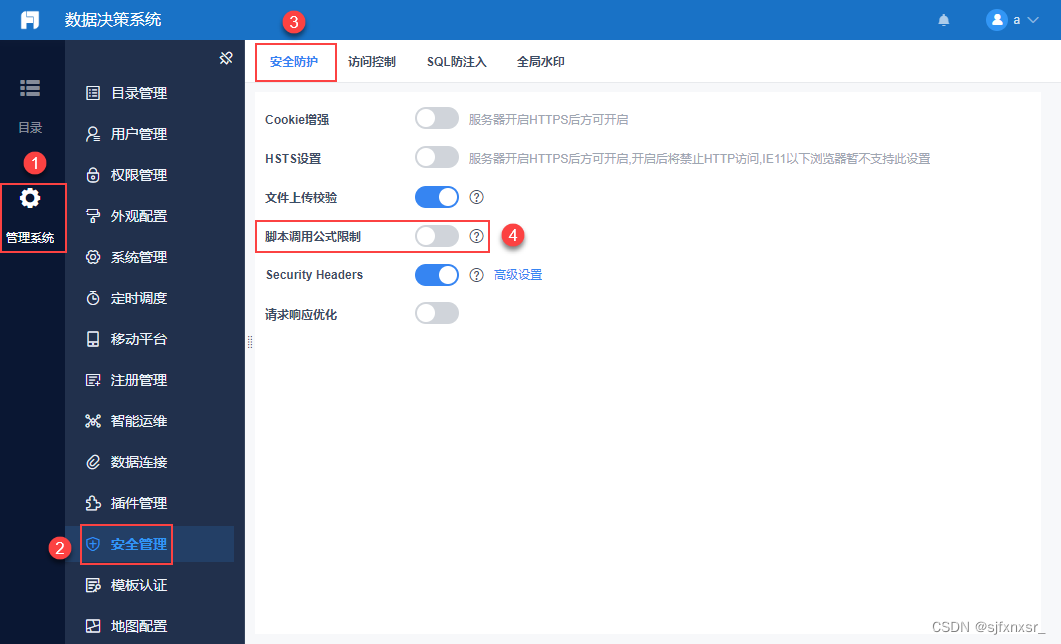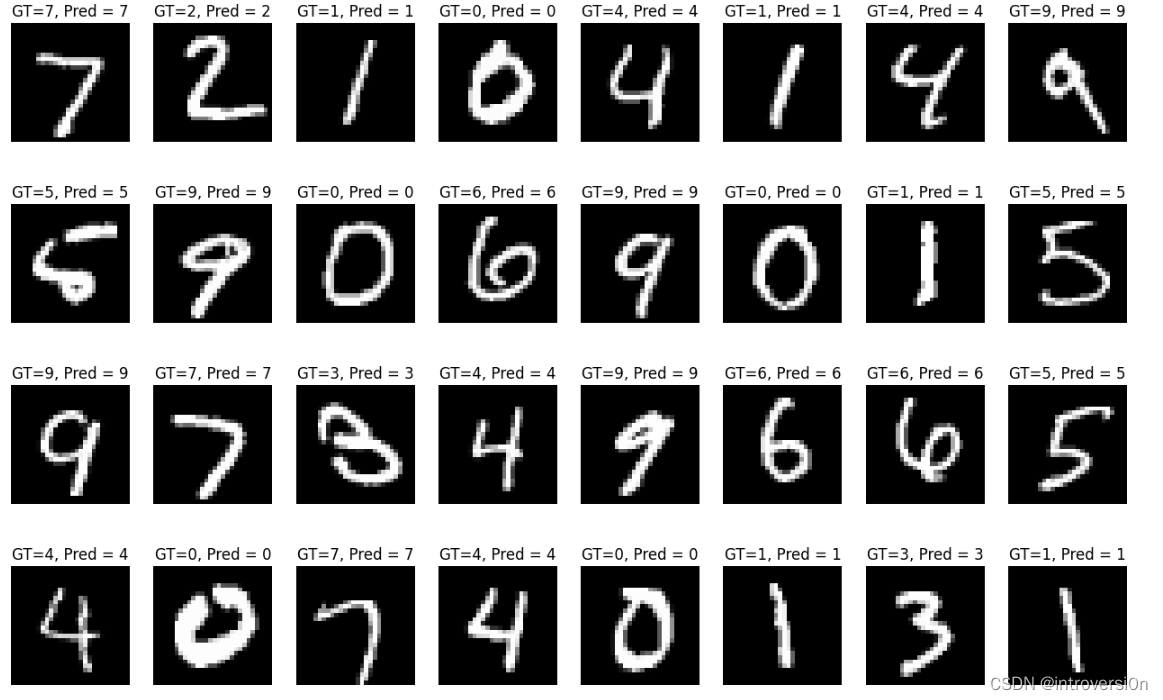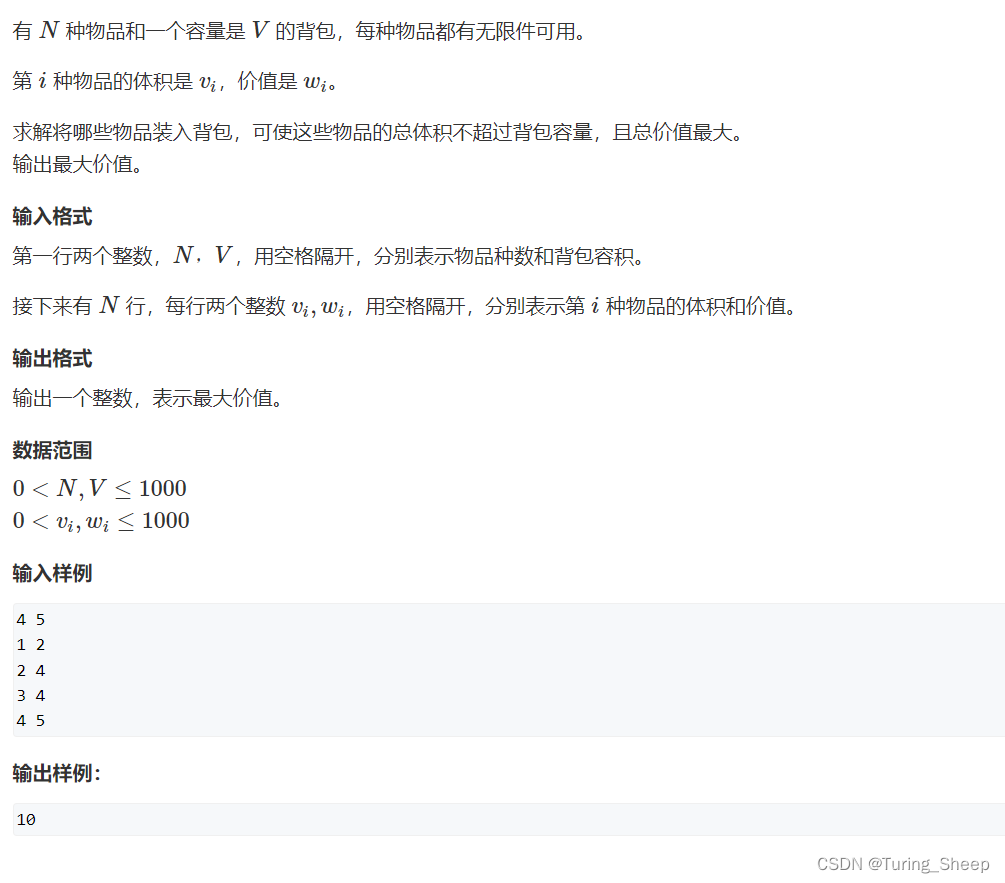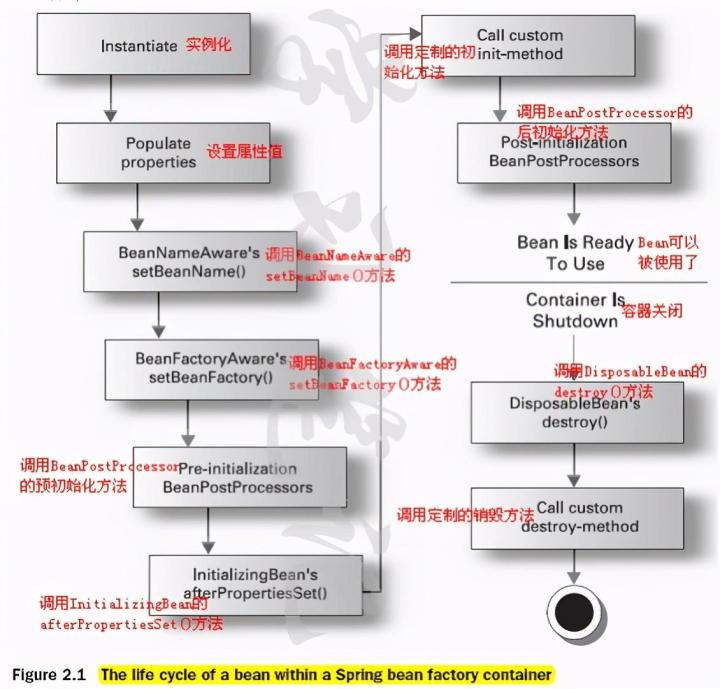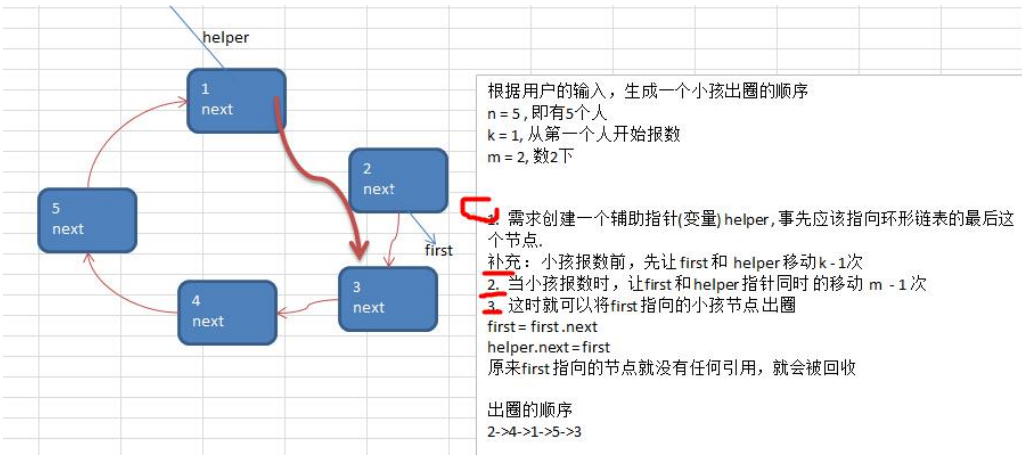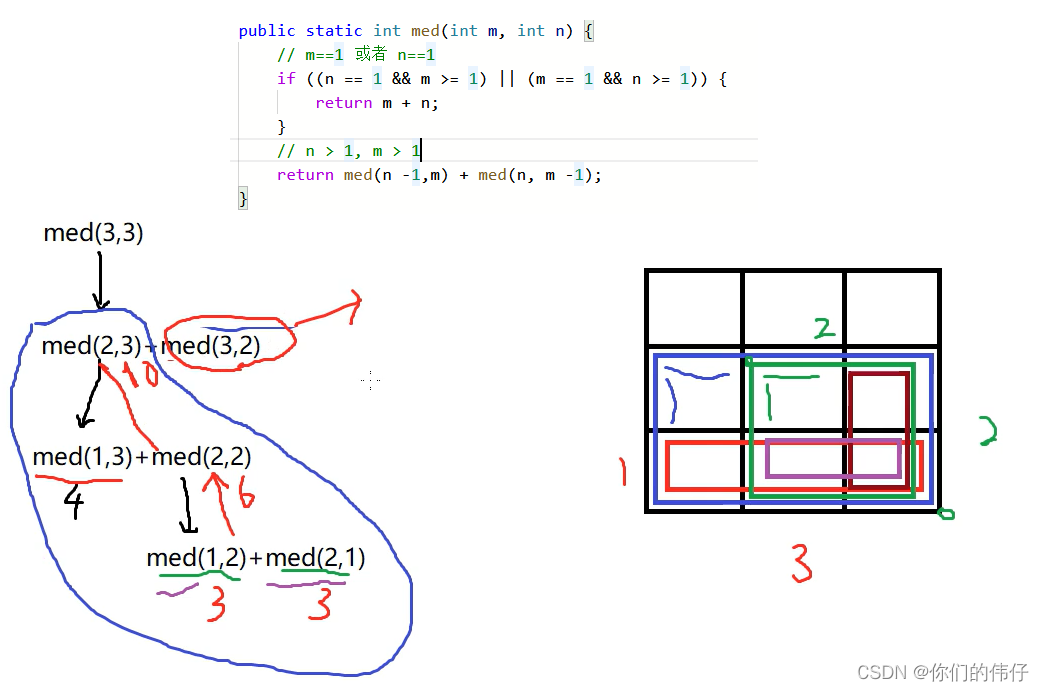- 最近没怎么写新文章,主要在学抽象代数
- 下学期还有凸分析
- 好累的一学期
- 哦对,我不是数学系的,我是物理系的。而且博主需要澄清一下,博主没有对象,至少现在还没有。
- 好,兄弟们,好习惯,先上代码后说话!
Python 实现
import numpy as np
import matplotlib.pyplot as plt
from mpl_toolkits.mplot3d import Axes3D
import scipy.sparse as ss
from scipy.sparse.linalg import spsolve
class PDE2DModel:
#均应该传入一个一维二元数组,表示起止值
def __init__(self,x,y):
assert len(x)==len(y)==2,"ERROR:UNEXPECTED SV and EV!!"
self.x = x
self.y = y
#hx表示X上的步长
#hy表示Y上的步长
def space_grid(self,hx,hy):
M = int(round((self.x[1]-self.x[0])/hx,0))
N = int(round((self.y[1]-self.y[0])/hy,0))
assert M==N>=3,"至少网格数是合理的"
X = np.linspace(self.x[0],self.x[1],M+1)
Y = np.linspace(self.y[0],self.y[1],N+1)
return M,N,X,Y
def f(self,X,Y):
return 6*X*Y**3+6*X**3*Y+np.e**X*np.sin(Y)-np.e**X*np.sin(Y)
def solution(self,X,Y):
return np.e**X*np.sin(Y)-X**3*Y**3
#左边界
def left(self,Y):
return np.sin(Y)
#右边界
def right(self,Y):
return np.e**3*np.sin(Y)-27*Y**3
#上边界
def up(self,X):
return np.sin(1)*np.e**X-X**3
#下边界
def down(self,X):
return 0*X
#解算核心
def NDM5_2D(PDE2DModel,hx,hy):
M,N,X0,Y0 = PDE2DModel.space_grid(hx,hy)
Y,X = np.meshgrid(Y0,X0)
## print("X0",X0)
## print("Y0",Y0)
## #数值结果保存在U中 从0到N共N+1个
## print("M",M)
## print("N",N)
U = np.zeros((M+1,N+1))
U[0,:] = PDE2DModel.left(Y0)
U[-1,:] = PDE2DModel.right(Y0)
U[:,0] = PDE2DModel.down(X0)
U[:,-1] = PDE2DModel.up(X0)
D = np.diag([-1/(hy**2) for i in range(M-1)])
C = np.zeros((N-1,N-1),dtype="float64")
for i in range(N-1):
C[i][i] = 2*(1/hx**2+1/hy**2)
if i<N-2:
C[i][i+1] = -1/hx**2
C[i+1][i] = -1/hx**2
u0 = np.array([[PDE2DModel.down(X0[i])] for i in range(1,M)])
un = np.array([[PDE2DModel.up(X0[i])] for i in range(1,M)])
F = np.zeros((M-1)*(N-1))
for j in range(1,N):
#for i in range(1,M):
F[(N-1)*(j-1):(N-1)*(j)] = PDE2DModel.f(X0[1:M],np.array([Y0[j] for i in range(N-1)]))
F[(N-1)*(j-1)] += PDE2DModel.left(Y0[j])/hx**2
F[(N-1)*(j)-1] += PDE2DModel.right(Y0[j])/hx**2
F[:N-1] -= np.dot(D,u0).T[0]
F[(M-1)*(N-2):] -= np.dot(D,un).T[0]
F = np.mat(F).T
## print(F)
Dnew = np.zeros(((M-1)*(N-1),(N-1)*(M-1)))
for i in range((N-1)*(N-1)):
Dnew[i][i] = 2*(1/hx**2+1/hy**2)
if i<(N-2)*(N-1):
Dnew[i][i+N-1] = -1/hy**2
Dnew[i+N-1][i] = -1/hy**2
for i in range(N-1):
for j in range(N-2):
Dnew[(N-1)*i+j][(N-1)*i+j+1] = -1/hx**2
Dnew[(N-1)*i+j+1][(N-1)*i+j] = -1/hx**2
print("差分方程构造完成!解算开始!")
Unew = np.linalg.solve(Dnew,F)
#print(Unew)
U[1:-1,1:-1] = Unew[:,0].reshape((N-1,N-1)).T
return X,Y,U
#数据可视化
def Visualized():
x = np.array([0,3])
y = np.array([0,1])
pde = PDE2DModel(x,y)
X,Y,U = NDM5_2D(pde,0.03,0.01)
u = pde.solution(X,Y)
print("解算完成!绘图已开始!")
plt.figure(figsize=(15,5))
ax1 = plt.subplot(131,projection="3d")
ax2 = plt.subplot(132,projection="3d")
ax3 = plt.subplot(133,projection="3d")
ax1.set_title("Numeric Solution")
ax1.set_xlabel("x")
ax1.set_ylabel("y")
ax1.plot_surface(X,Y,U,cmap="gist_ncar")
ax2.set_title("Exact Solution")
ax2.set_xlabel("x")
ax2.set_ylabel("y")
ax2.plot_surface(X,Y,u,cmap="gist_ncar")
e = np.abs(U-u)
ax3.set_title("Error")
ax3.set_xlabel("x")
ax3.set_ylabel("y")
ax3.plot_surface(X,Y,e,cmap="gist_ncar")
plt.show()
return U,u,X,Y
U,u,X,Y = Visualized()
- 好习惯2,效果图
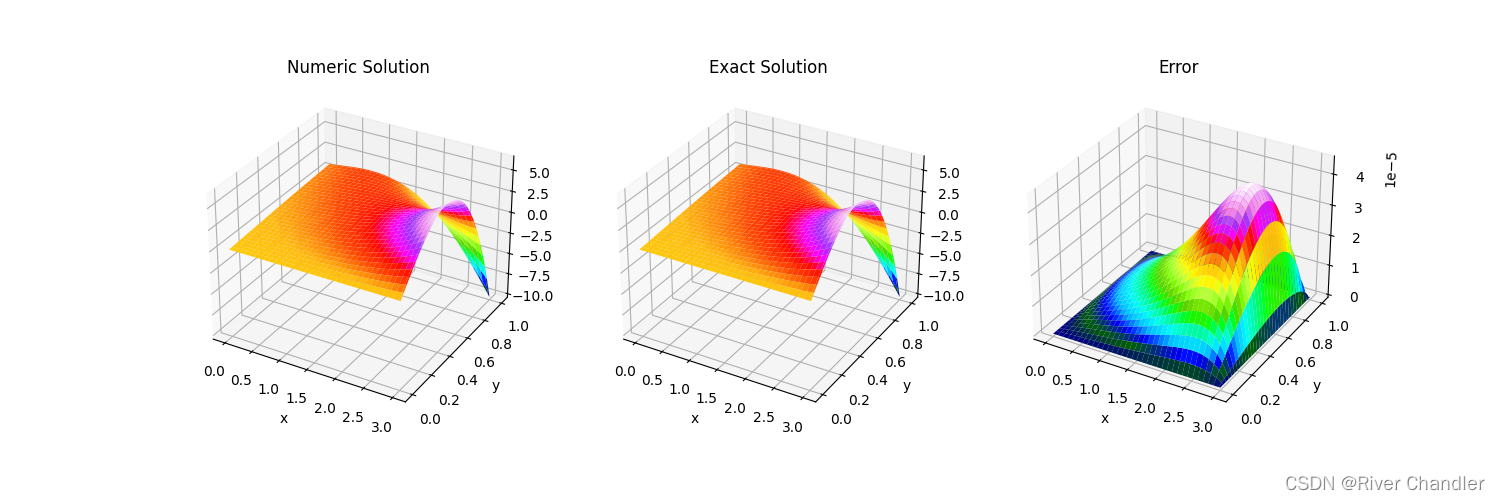
很好,接下去接着讲
五点差分格式
- 这里我要用截图,截的我的小论文.没办法,CSDN写作太麻烦了,没有Latex好用.我记得这个好像可以调整,但我没学会

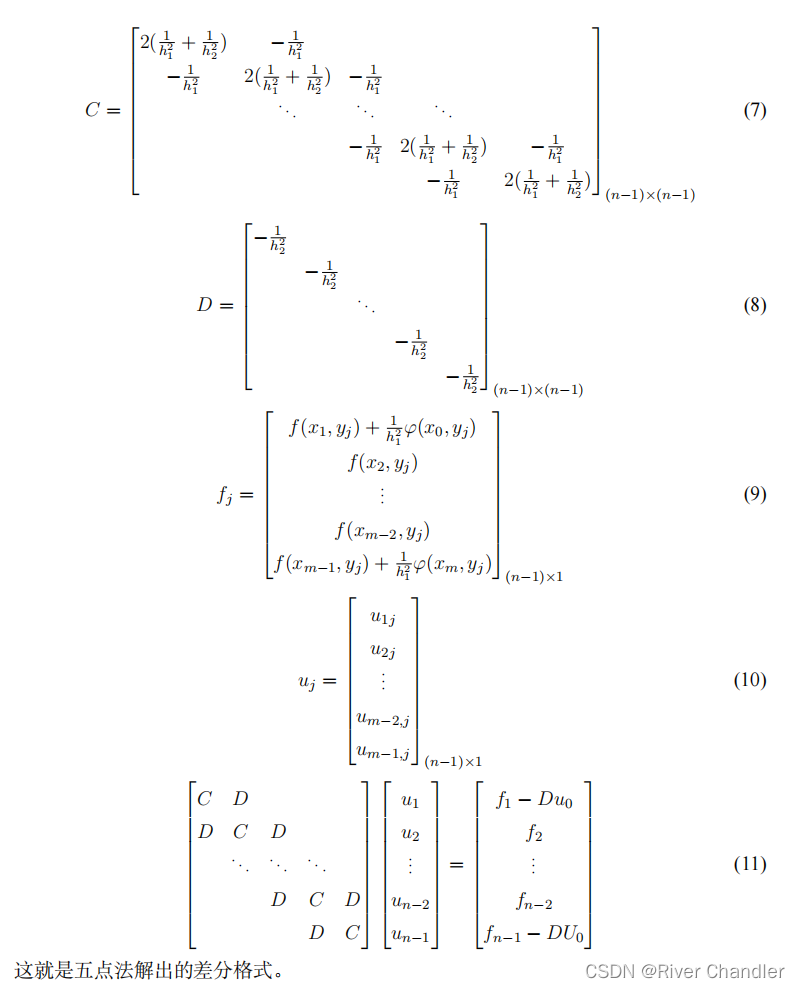
很好,结束了.
注意事项
- 你在写代码的时候,容易犯几个错误.
- 在纸上图画出来了,然后呢,纸上是右手系,写进数组了,就忘了是啥系了!
- 比如:
Y,X = np.meshgrid(Y0,X0)- 我们需要重点看一下np.meshgrid问题.这才是大家想要的数据结构.....
import numpy as np
x = np.array([1,2,3,4,5,6,7,8,9,10])
y = np.array([11,12,13,14,15,16,17,18,19,20])
Y,X = np.meshgrid(y,x)

- 其实这个还涉及到稀疏矩阵的问题,稀疏矩阵解决不了的话,你的运算量会变得超大!一定要用系数矩阵优化才能解决问题!!
所以,优化之后!
用稀疏矩阵优化
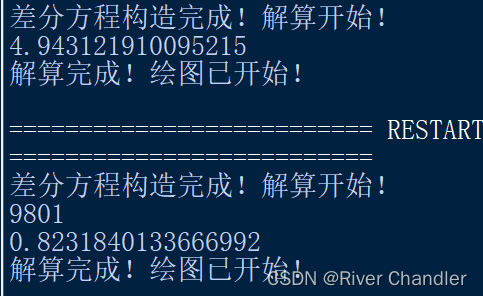
import numpy as np
import scipy as sp
from scipy.sparse.linalg import spsolve
from scipy.sparse import csr_matrix,csc_matrix
import matplotlib.pyplot as plt
from mpl_toolkits.mplot3d import Axes3D
import scipy.sparse as ss
from scipy.sparse.linalg import spsolve
import time
class PDE2DModel:
def __init__(self):
self.x = np.array([0,3])
self.y = np.array([0,1])
def space_grid(self,hx,hy):
M = int(round((self.x[1]-self.x[0])/hx,0))
N = int(round((self.y[1]-self.y[0])/hy,0))
assert M==N>=3,"ERROR:UNECPECTED GRIDS M:"+str(M)+" N:"+str(N)
X = np.linspace(self.x[0],self.x[1],M+1)
Y = np.linspace(self.y[0],self.y[1],N+1)
return M,N,X,Y
def f(self,X,Y):
return 6*X*Y**3+6*X**3*Y+np.e**X*np.sin(Y)-np.e**X*np.sin(Y)
#左边界
def left(self,Y):
return np.sin(Y)
#右边界
def right(self,Y):
return np.e**3*np.sin(Y)-27*Y**3
#上边界
def up(self,X):
return np.sin(1)*np.e**X-X**3
#下边界
def down(self,X):
return 0*X
def NDM5_2D(PDE2DModel,hx,hy):
M,N,X0,Y0 = PDE2DModel.space_grid(hx,hy)
Y,X = np.meshgrid(Y0,X0)
U = np.zeros((M+1,N+1))
U[0,:] = PDE2DModel.left(Y0)
U[-1,:] = PDE2DModel.right(Y0)
U[:,0] = PDE2DModel.down(X0)
U[:,-1] = PDE2DModel.up(X0)
D = np.diag([-1/(hy**2) for i in range(M-1)])
C = np.zeros((N-1,N-1),dtype="float64")
for i in range(N-1):
C[i][i] = 2*(1/hx**2+1/hy**2)
if i<N-2:
C[i][i+1] = -1/hx**2
C[i+1][i] = -1/hx**2
u0 = np.array([[PDE2DModel.down(X0[i])] for i in range(1,M)])
un = np.array([[PDE2DModel.up(X0[i])] for i in range(1,M)])
F = np.zeros((M-1)*(N-1))
for j in range(1,N):
F[(N-1)*(j-1):(N-1)*(j)] = PDE2DModel.f(X0[1:M],np.array([Y0[j] for i in range(N-1)]))
F[(N-1)*(j-1)] += PDE2DModel.left(Y0[j])/hx**2
F[(N-1)*(j)-1] += PDE2DModel.right(Y0[j])/hx**2
F[:N-1] -= np.dot(D,u0).T[0]
F[(M-1)*(N-2):] -= np.dot(D,un).T[0]
F = np.mat(F).T
Dnew = np.zeros(((M-1)*(N-1),(N-1)*(M-1)))
for i in range((N-1)*(N-1)):
Dnew[i][i] = 2*(1/hx**2+1/hy**2)
if i<(N-2)*(N-1):
Dnew[i][i+N-1] = -1/hy**2
Dnew[i+N-1][i] = -1/hy**2
for i in range(N-1):
for j in range(N-2):
Dnew[(N-1)*i+j][(N-1)*i+j+1] = -1/hx**2
Dnew[(N-1)*i+j+1][(N-1)*i+j] = -1/hx**2
print("差分方程构造完成!解算开始!")
## start = time.time()
## Unew = np.linalg.solve(Dnew,F)
## U[1:-1,1:-1] = Unew[:,0].reshape((N-1,N-1)).T
## end = time.time()
## t = end-start
start = time.time()
SDnew = csr_matrix(Dnew)
SF = csr_matrix(F)
SUnew = spsolve(SDnew,SF)
U[1:-1,1:-1] = SUnew.reshape((N-1,N-1)).T
end = time.time()
t = end-start
return X,Y,U,t
def Visualized(X,Y,U):
print("解算完成!绘图已开始!")
plt.figure(figsize=(15,5))
ax1 = plt.subplot(111,projection="3d")
ax1.set_title("Numeric Solution")
ax1.set_xlabel("x")
ax1.set_ylabel("y")
ax1.plot_surface(X,Y,U,cmap="gist_ncar")
plt.show()
pde = PDE2DModel()
X,Y,U,t = NDM5_2D(pde,0.03,0.01)
print(t)
Visualized(X,Y,U)
Python技巧
map
- 水字数用,哥以后转战其他网站了.这个评分系统太恶心了.太恶心了.
- 其实有个很有趣的现象.没考过计算机二级的人觉得二级Python弱爆了.一点用没有,备考计算机二级Python的人觉得难暴了.......
- 挺好的,说不出话来......
- 其实我个人认为非专业人士考一次计算机二级有助于学习的,还可以水创新学分.真是想不通哪个SX想出的创新学分.不是,这个人啊,他创新,创新这个是用指标逼出来的吗?
f = lambda x:x+5
X = [1,2,3,4,5]
map(f,X)
<map object at 0x00000246B5CE6110>
list(map(f,X))
[6, 7, 8, 9, 10]
Python自制警告
- Python 自制警告是很有必要的.
- 自制的警告与自制的错误不一样,不会打断程序运行(显然废话)
import warnings
a = 0
if a==0:
warnings.warn("IGNORE!")
print(a+3)Warning (from warnings module):
File "C:\Users\LX\Desktop\新建 文本文档.py", line 34
warnings.warn("IGNORE!")
UserWarning: IGNORE THIS WARNING!
3
Python matplotlib技巧
##import matplotlib
##import matplotlib.pyplot as plt
##from mpl_toolkits.mplot3d import Axes3D
##matplotlib.rcParams["font.sans-serif"] = ["SimHei"]
##matplotlib.rcParams["axes.unicode_minus"] = False
##
##import numpy as np
##
##x = np.linspace(1,2,6)
##y = np.linspace(3,9,13)
##Y,X = np.meshgrid(y,x)
##X2,Y2 = np.meshgrid(x,y)
##
##plt.figure(figsize=(15,5))
##ax1 = plt.subplot(121,projection="3d")
##ax2 = plt.subplot(122,projection="3d")
##
##ax1.set_title("Inverse order")
##ax2.set_title("Ordinary order")
##ax1.set_xlabel("x")
##ax2.set_xlabel("x")
##
##f = lambda x,y:x*2+y*3
##ax1.plot_surface(X,Y,f(X,Y))
##
##ax2.plot_surface(X2,Y2,f(X2,Y2))
##
##plt.show()

